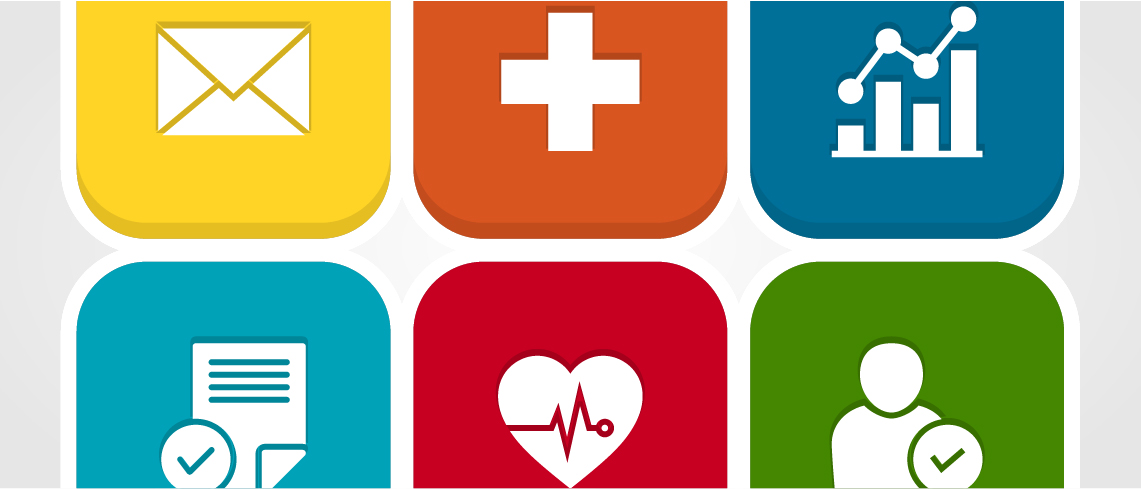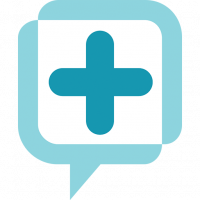The patient portal is a valuable tool for clinics and hospitals. It offers a convenient way for patients to access their information and empowers them to participate in their health care. However, many physicians have found it challenging to convert patients to this new technology. For a variety of reasons, such as fear of change, some patients have been slow to adapt the use of their healthcare provider’s patient portal.
Change is inevitable, but in this case, it’s a positive one. We now live in a digital age where most people prefer to receive information electronically. Nevertheless, the only way to get everyone on board is to help them understand the importance and become comfortable using it. Here are some tips on how to get your patients engaged with your portal:
Raise Awareness
It is important for patients to comprehend how and why their personal portal will benefit them personally. Visual promotions like posters, handouts, appointment cards, even verbal reminders and phone calls, can go a long way to remind patients about the portal.
Keep it Simple
Let patients know that using the portal will save them time and will be easy to learn how to use. Highlight simple tasks they can perform online to make their experience with your clinic more efficient. Sample tasks include, sending and receiving secure messages from their physicians, faster access lab results and scheduling appointments, or requesting refills without waiting on hold.
The new technology can be overwhelmingly prolific. Your patients may not need or care about some of the features you worked so hard to include. Avoid overloading patients with too much information about the bells and whistles that may just get in their way.
In-Person Demonstration
Provide hands-on training to patients when they are at the hospital or clinic. Staff can explain features such as how to find test results, schedule appointments, or send non-urgent messages. In-person demonstrations provide an opportunity to ask questions and empower patients to use the portal. Making tablets or kiosks available at check-in or check-out is also an excellent way to engage patients who might forget about it once they get home.
Send Patient Information
Encourage patients to confirm their appointments through your portal. Performing this simple task will be a way for patients to begin digital interactions and provide a reason to sign into the platform. This will increase their familiarity with the portal and allow them to see the tool for its true value.
Offer Educational Resources
Storing medical information in a portal and connecting it with relevant learning resources can help patients change unhealthy behaviors and take responsibility for their health. For example, healthy diets and exercise ideas are great resources to offer an overweight patient.
Physician Acceptance
Physicians have probably the most important role in promoting a patient portal. Some technologically challenged healthcare providers may be reluctant to use the patient portal themselves. Once they are trained and acclimated, however, they can advise their patients on the benefits and ease of use. An informed suggestion may be all that’s needed to get patients to use the patient portal for the first time and keep using it.
Encourage patients to log-in more by incorporating portal information in all your communications, even in-person and over the phone. The more they hear about it, the more natural it will become for everyone to get the best use out of patient portals.















 Thank you for your interest.
Thank you for your interest.